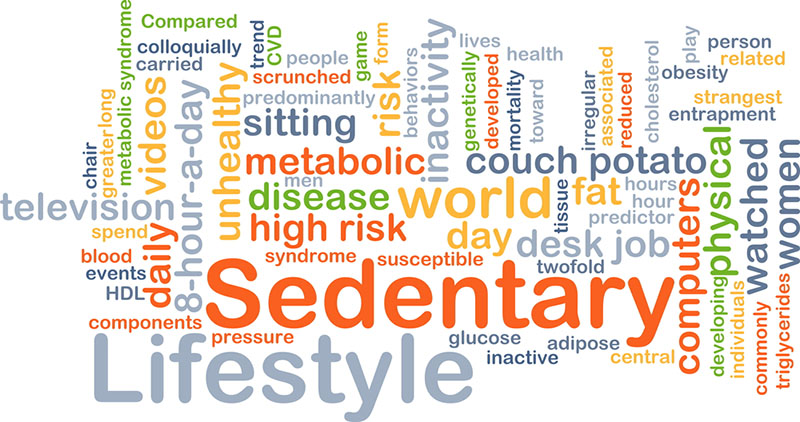Volume 31, Nº 6, Novembro e Dezembro 2018
DOI: http://www.dx.doi.org/10.5935/2359-4802.20180060
ARTIGO ORIGINAL
Prevalence of Physical Inactivity and its Effects on Blood Pressure and Metabolic Parameters in a Brazilian Urban Population
Geiza da Graça Leite Rissardi
José Paulo Cipullo
Gisela Cipullo Moreira
Luiz Alberto Souza Ciorlia
Cláudia Bernardi Cesarino
Luiz Tadeu Giollo Junior
Angelina Zanesco
José Fernando Vilela-Martin
Dr. Claudio Tinoco e Dr. José Fernando Vilela-Martin

Abstract
Background: Cardiovascular disease is the leading cause of mortality in the world and physical inactivity representes an important risk factor.
Objective: This study aimed to evaluate the prevalence of physical inactivity in the adult population and its effects on blood pressure, blood glucose and lipid profile.
Methods: A population-based cross-sectional study with stratified simple random sampling was conducted in 1,717 adults divided by age groups: 18-39, 40-49, 50-59, 60-69 and ≥ 70 years. The participants answered the physical activity questionnaire and were classified as physically active or inactive. The bootstrap statistical method was used to assess physical activity, associated with lipid profile and blood glucose levels. The level of significance was 5%.
Results: The prevalence of physical inactivity in the general population was 65.8%. There was a significant difference in the group older than 70 years. There was a significant decrease in physical activity in the group with lower educational level, with a significant difference between social classes AB and C. The prevalence of hypertension was 27.5% among physically inactive and 21.4% among active individuals (p = 0.04). The prevalence of metabolic syndrome was 26.1% in inactive and 16.7% in the active individuals (p = 0.007). Total cholesterol, low-density lipoprotein and triglycerides levels were more elevated in the physically inactive group, which was not observed with high-density lipoprotein levels. Blood glucose was also higher in the inactive group.
Conclusion: This study shows a high prevalence of physical inactivity and a positive correlation between risk factors for cardiovascular disease, mainly blood pressure, glucose and lipids profiles. (Int J Cardiovasc Sci. 2018;31(6)594-602).
Keywords: Exercise; Diabetes Mellitus; Hypertension; Metabolic Syndrome; Risk Assessment.











